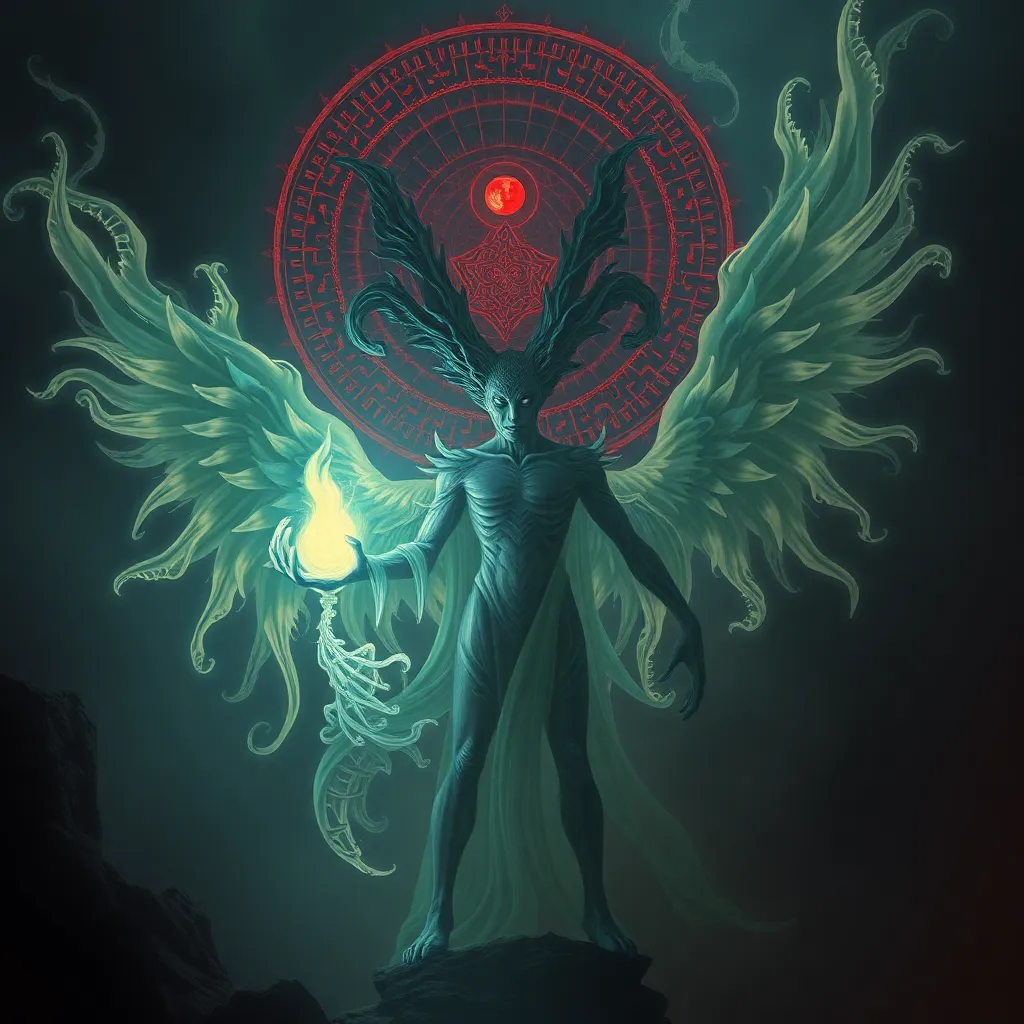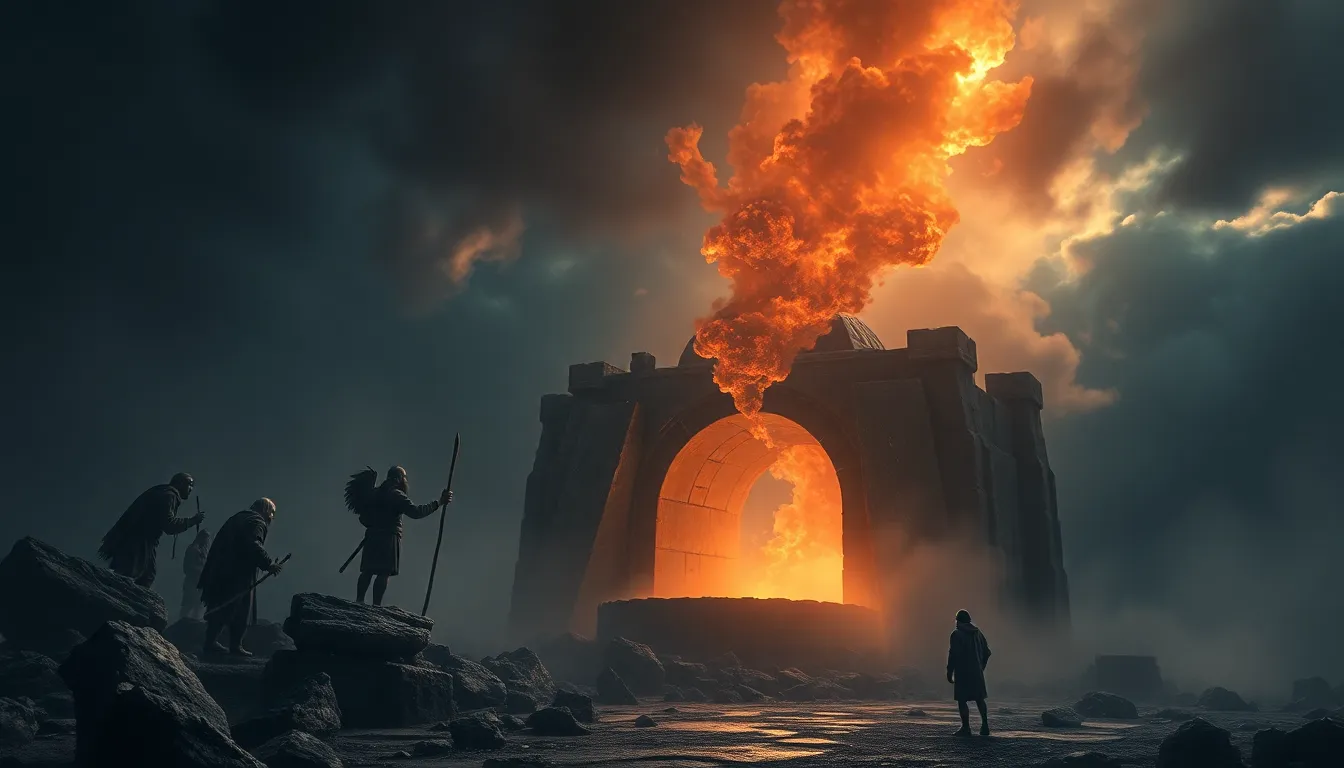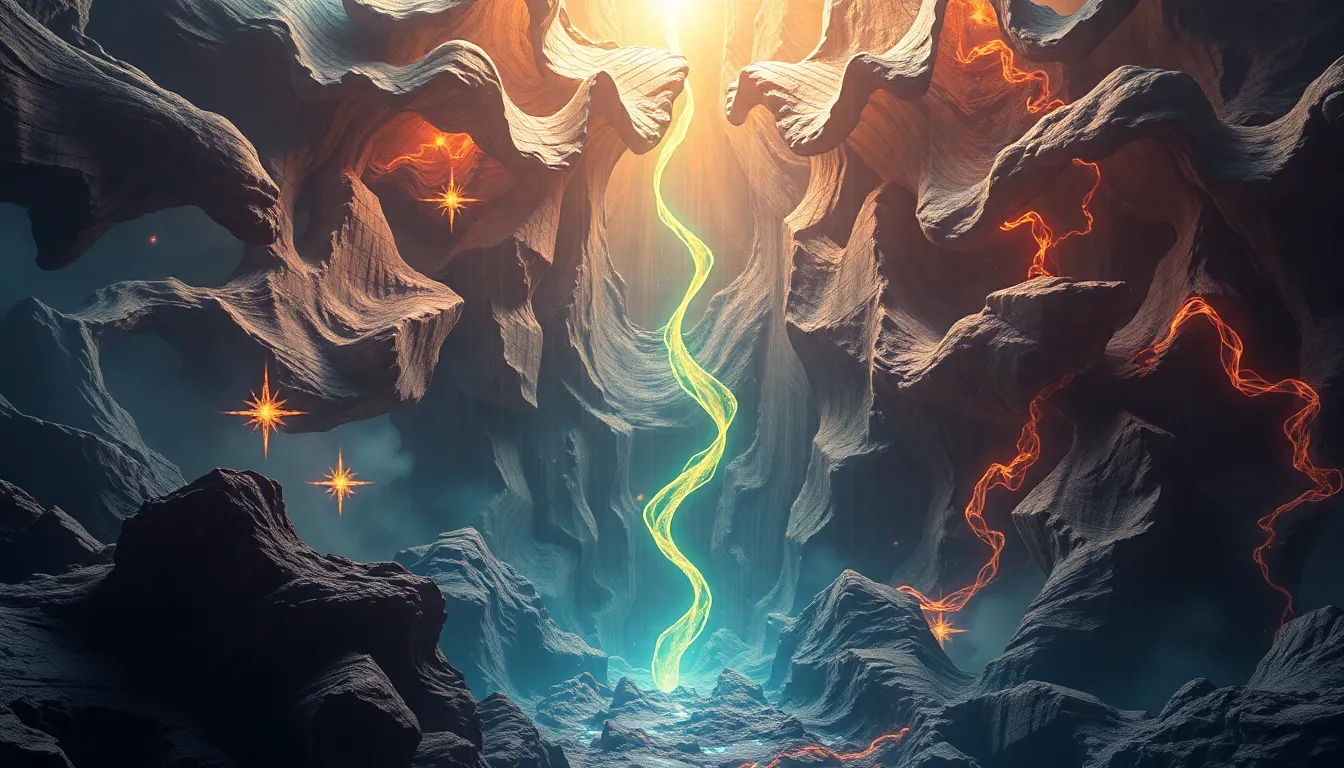The Strigoi and the Individual: The Personal Impact of the Myth
I. Introduction
The Strigoi, a mythological creature deeply rooted in Romanian folklore, represents a unique intersection of fear, superstition, and cultural identity. Traditionally described as the undead or revenants, Strigoi are said to rise from their graves to haunt the living, embodying the fears and anxieties of the communities that tell their tales. This article aims to explore the personal impact of the Strigoi myth on individuals, delving into how these legends shape beliefs, behaviors, and identity.
II. Historical Context of the Strigoi Myth
A. Origins of the Strigoi in Romanian folklore
The origins of the Strigoi can be traced back to ancient Romanian beliefs about the dead and the afterlife. These creatures were often associated with the souls of the deceased who did not find peace, leading to their return in a vampiric form. Folklore describes various types of Strigoi, including Strigoi Morti (the dead who rise) and Strigoi Vii (the living who possess supernatural abilities).
B. Evolution of the myth through time and its cultural adaptations
Over centuries, the Strigoi myth has evolved, influenced by historical events, cultural exchanges, and the spread of Christianity. Initially viewed as malevolent spirits, Strigoi began to incorporate elements from other vampire myths, leading to their depiction in literature and media. This evolution reflects broader societal changes and the adaptability of folklore to contemporary issues.
III. Psychological Implications of Believing in Strigoi
A. Fear and anxiety associated with the Strigoi legend
The Strigoi legend instills fear and anxiety in individuals, often manifesting in various forms. The belief in these creatures can lead to:
- Heightened anxiety about death and the afterlife
- Paranoia regarding the intentions of others
- Fear of the unknown and supernatural
B. The role of superstition in shaping personal beliefs and behaviors
Superstitions surrounding the Strigoi can significantly influence personal beliefs and behaviors. Individuals may adopt protective measures, such as:
- Using garlic or holy symbols to ward off evil
- Avoiding certain places believed to be haunted
- Practicing rituals to ensure the deceased rest peacefully
These actions reflect a deep-seated need for control in an unpredictable world, showcasing how folklore can shape daily life.
IV. Strigoi in Personal Narratives
A. Case studies of individuals affected by the Strigoi myth
Personal narratives often reveal the profound impact of the Strigoi myth on individuals. For instance, a young woman from Transylvania shared her childhood experiences of hearing stories about Strigoi from her grandmother. These tales instilled a sense of fear but also a connection to her cultural heritage.
B. Personal stories: fear, fascination, and cultural identity
Many individuals report a mixture of fear and fascination with the Strigoi. This duality often fosters a deeper connection to one’s cultural identity. For instance, an artist may use the imagery of the Strigoi in their work to explore themes of identity and belonging, reflecting how folklore can inspire creativity.
V. The Strigoi as a Symbol of Personal Struggle
A. Interpreting Strigoi as manifestations of personal demons or struggles
The Strigoi can be interpreted as symbols of personal struggles and demons. They represent the fears, traumas, and unresolved issues individuals face in their lives. This interpretation allows for a deeper understanding of how myths can serve as reflections of personal experiences.
B. Exploring themes of isolation, loss, and transformation
Strigoi narratives often explore themes of isolation and loss. Individuals may relate to the Strigoi’s longing for connection and fear of rejection, paralleling their own experiences with loneliness and transformation. This connection can lead to personal growth and healing as individuals confront their inner struggles.
VI. Modern Interpretations and Relevance
A. The Strigoi in contemporary media and literature
The Strigoi myth has found new life in contemporary media and literature, often reinterpreted in novels, films, and television shows. These modern adaptations reflect societal changes and the ongoing fascination with the supernatural, introducing the Strigoi to new audiences.
B. How modern interpretations influence individual perspectives on the myth
Modern interpretations can reshape individual perspectives on the Strigoi. For example, in recent vampire novels, Strigoi are often portrayed as misunderstood beings, prompting readers to empathize with their plight. This shift encourages a re-examination of cultural myths and their relevance in today’s society.
VII. The Role of Community and Tradition
A. Community beliefs and their impact on individual experiences
Community beliefs surrounding the Strigoi profoundly influence individual experiences. In tight-knit communities, shared stories and rituals create a collective identity that shapes personal narratives. Individuals often find solace in communal practices that honor the Strigoi, reinforcing cultural ties.
B. The importance of storytelling in preserving the Strigoi myth and its effects on personal identity
Storytelling plays a vital role in preserving the Strigoi myth, allowing it to evolve while maintaining its core significance. Through oral traditions, families pass down tales that shape personal and collective identities, ensuring that the Strigoi remain a relevant part of cultural heritage.
VIII. Conclusion
The Strigoi myth has a profound personal impact on individuals, influencing their beliefs, behaviors, and identity. From historical roots to modern interpretations, the Strigoi serves as a mirror reflecting personal struggles and cultural narratives. As folklore continues to shape individual experiences, it remains a vital component of cultural identity, illustrating the enduring power of myth in our lives.


